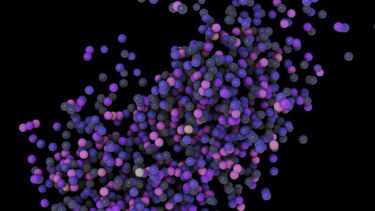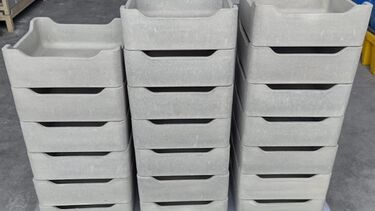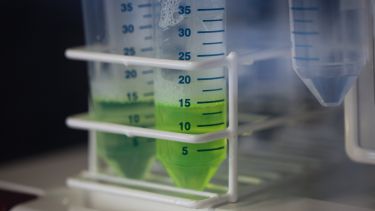Case studies
Our researchers are making life-changing discoveries, developing new innovations and technologies and solving the world’s complex challenges. Working collaboratively with partners locally and globally, we are working at the frontiers of knowledge on research with real impact.














